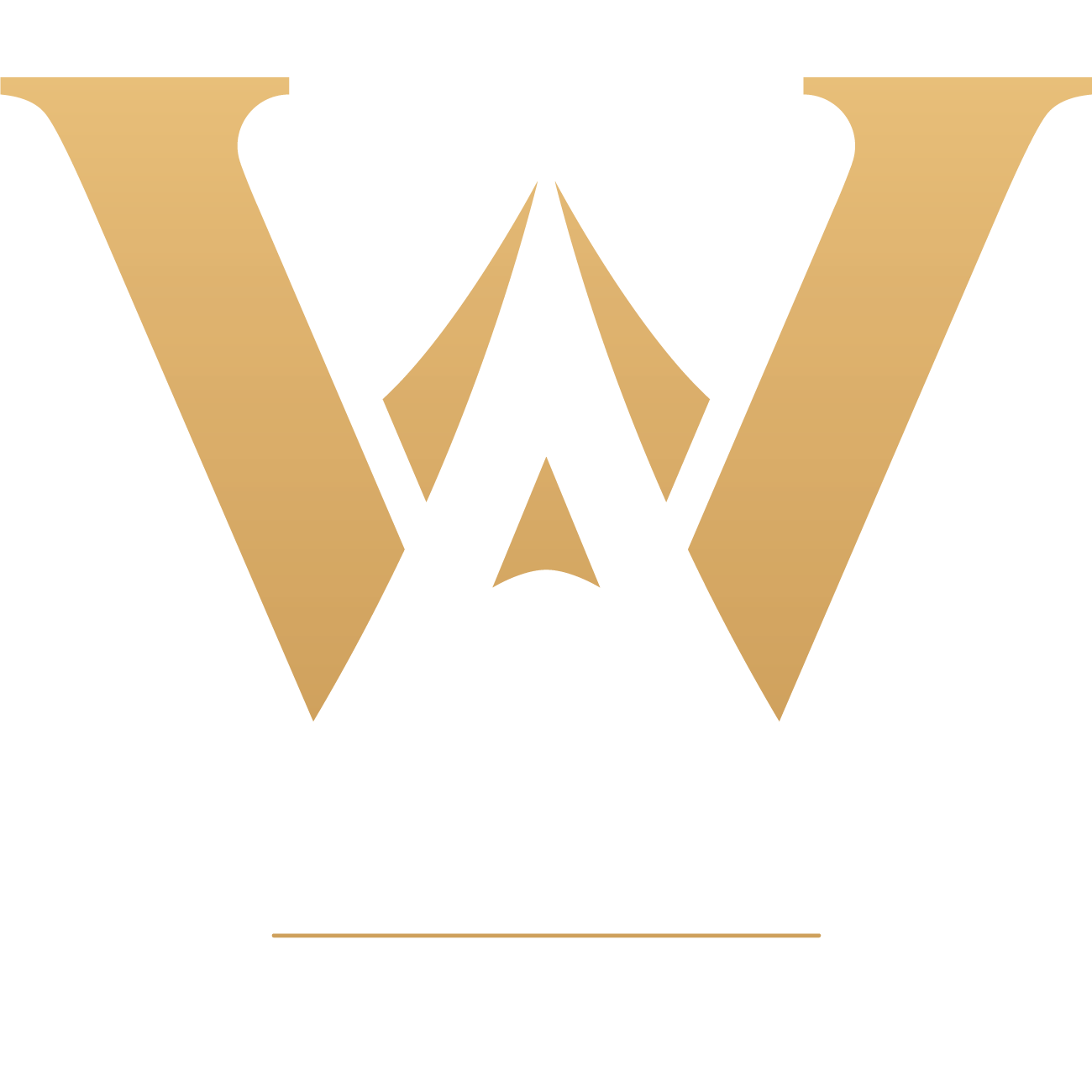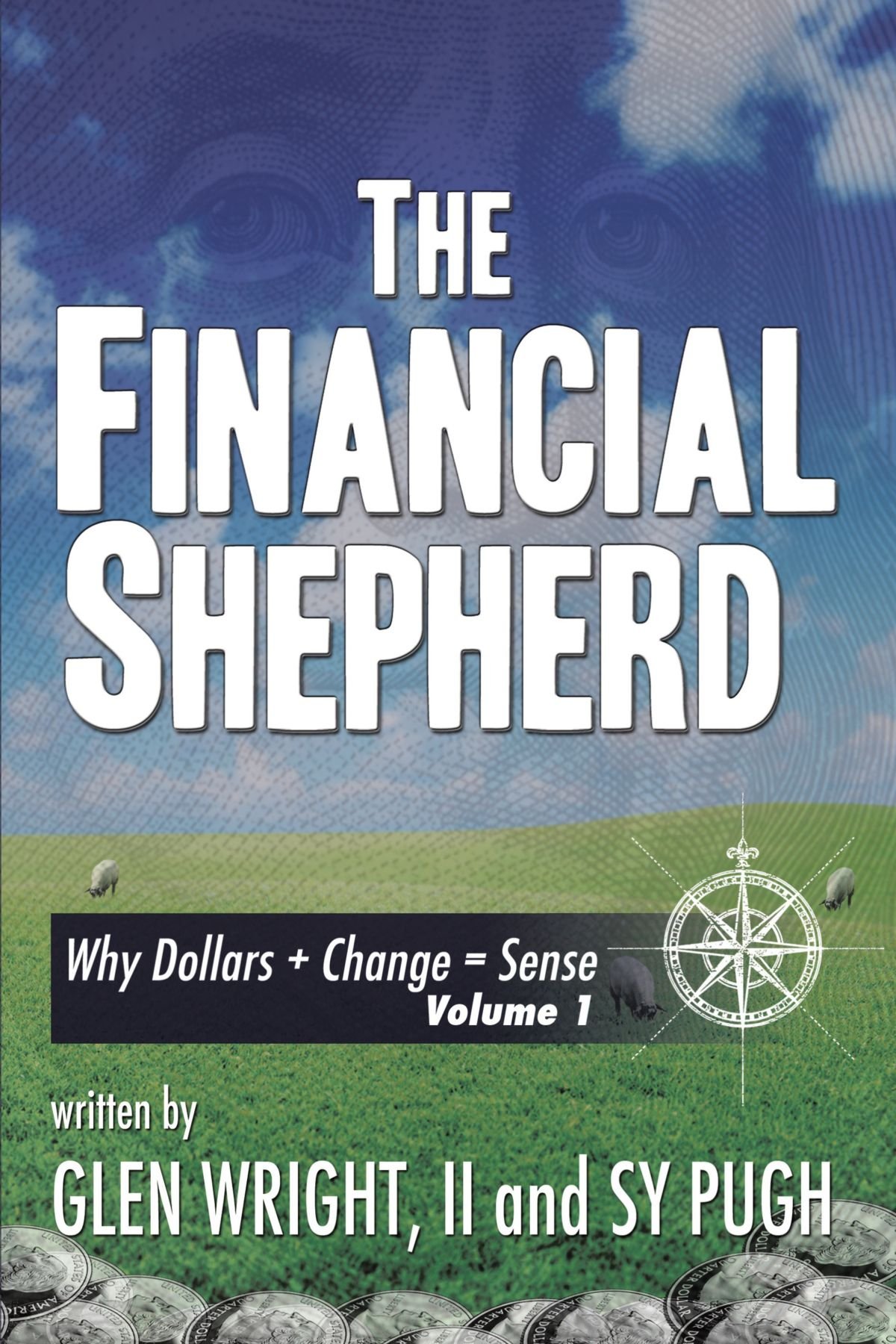“Wellness” has been a major buzzword recently. With the new wellness trend, you mostly hear about fit teas and meditation apps— not retirement plans and savings accounts. However, financial wellness is a growing concept, and many businesses are implementing financial wellness plans for their employees. The Consumer Financial Protection Bureau defines financial wellness as “having control over day-to-day finances, being able to absorb a financial shock, being on track toward financial goals, and having the freedom to make choices to help you enjoy life.” Financial wellness can affect other areas of life beyond your bank account. It’s intertwined with wellness of the mind and body; addressing your wealth can have a positive effect on your health.
Student loan debt is the second highest consumer debt category behind only mortgage debt; it even surpasses credit card debt and auto loans. Student loans have become pervasive throughout the degree-holding population, but they don’t have to be overwhelming or life-changing. By minimizing loan amounts and choosing the right repayment plan, both parents and graduates can effectively deal with their debt.
Deciding if and when your child should enter preschool is an important decision for any parent. A child’s first years have an enormous impact on their future, and a lack of access to positive learning environments can be detrimental. Unfortunately, the topic of early care and education doesn’t always receive the attention it deserves. An investment in early care and education not only yields mental, academic, and socioeconomic benefits for the child, it encourages future economic growth.
Every May, tens of thousands of college graduates will walk across the stage to receive a diploma; at the same time, high school students complete their last full month of school before summer. May is an important month on the academic calendar. Both high school and college students are making long-term financial decisions that can affect their future for decades to come. While many young people choose to enroll in a four-year degree program following high school, others decide to delay their degree or pursue trade school. Each path has its own financial pros and cons.
As you’ve probably heard, April is financial literacy month, and as April comes to an end, it’s time to reflect on your own degree of financial literacy. In order to assess financial literacy, consider these four criteria from Standard & Poor’s Global Financial Literacy Survey. According to S&P, financial literacy requires an understanding of interest rates, interest compounding, inflation, and risk diversification. Test your understanding with the questions below, borrowed from S&P’s survey. If you’re unsure about the question or answer incorrectly, make sure to read the explanation.









